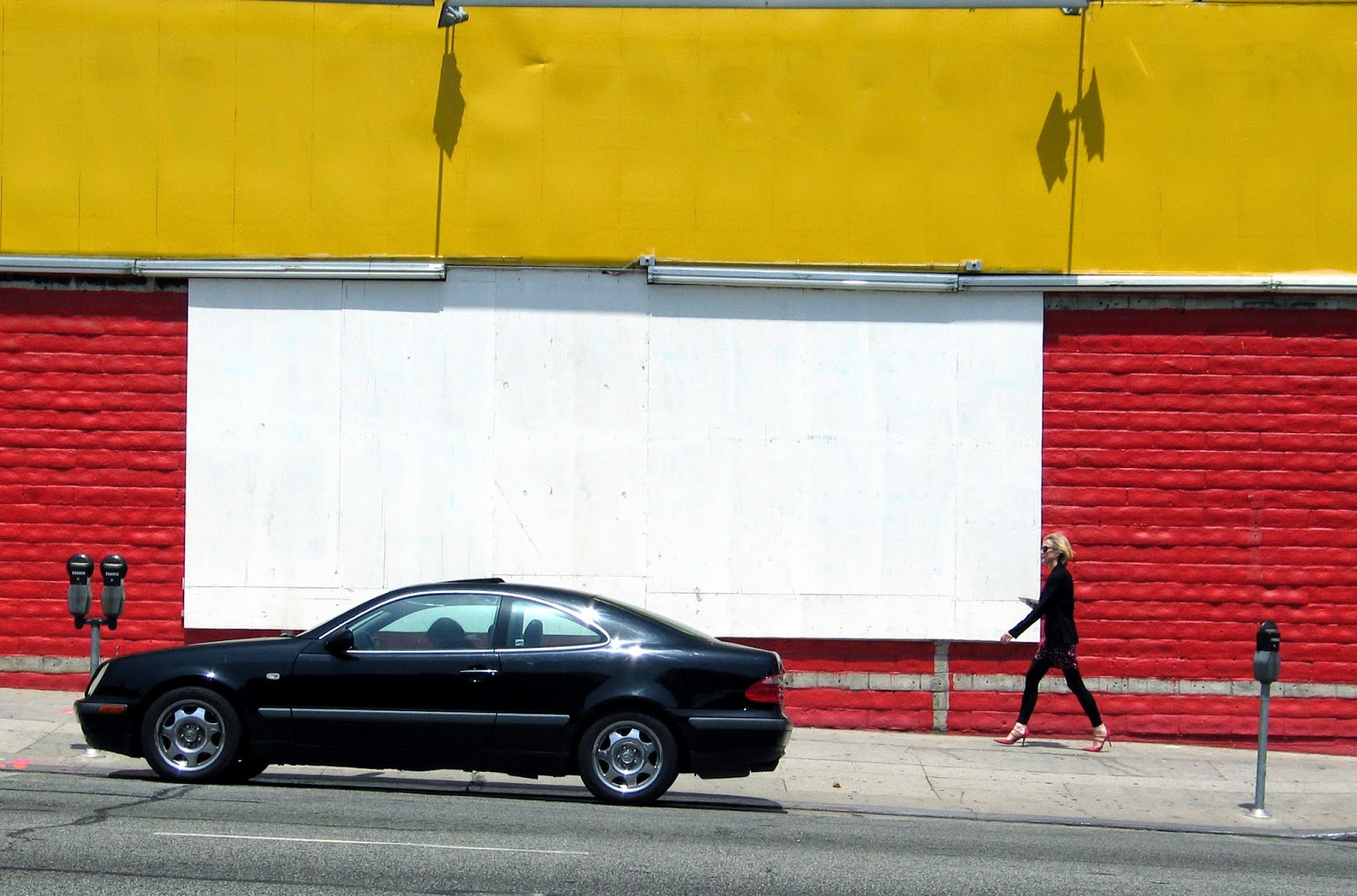Shared enthusiasms make for unlikely and sometimes uncomfortable bedfellows. I like to walk. But so did Bruce Chatwin and Albert
Speer. I’m not sure that really makes us
three soul brothers.
So in general when I come across an article about walking I usually
read it, but I don’t necessarily expect that I’m going to be engaging with any
fellow travelers. This is wise.
I was directed to an article in the English Daily
Telegraph, headlined, “Walking can make storytellers
of us all” with the sub “Author Linda Cracknell
explains how walking connects her to the landscape and inspires so much of her
work.” I’m not familiar with Linda Cracknell or her work, though no doubt she’d
say the same about me. Apparently she
wrote a book called Doubling Back and helpfully quotes one of her
good reviews in the article, and to be fair it does sound sort of interesting.
Nevertheless, the piece
opens with the words, “In 1976 I arrived alone in
Boscastle for a week’s painting holiday with the sullen steps of a post-glandular-fever,
first-time-in-love 17-year-old. ‘I’ve got here but feel terribly lonely and
depressed,’ I complained to my diary on the first night.”
Yep, she’s quoting her
diary from 1976, so you know this isn’t going to go well. She bangs on about her Ordnance Survey map
and about “Tom, a bespectacled literature-lover staying
at my guesthouse told me that Thomas Hardy had come here as a young architect.”
And so it goes on, until
we discover, without huge surprise, that Linda Cracknell is a teacher of creative
writing. This is a picture of her apparently holding two halves of a potato (don’t ask).
And she’s got some advice: “Here’s something you can try yourself when walking. Summon a character
into your mind. Before you set out, invent a few characteristics for them,
including what shoes they wear, why they’re in this place and what they carry
in their pockets: a clue to hidden purposes. Then walk, making observations
through the filter of their emotions and motivations. I hope you will find that
asking “What if?” when engaging with a place through the senses and the rhythm
of footfall is a kind of play that makes storytellers of us all.” Did somebody mention “a good walk spoiled”?
I’m not sure that walking does make storytellers of us all, but
even if it did the real issue is surely whether it makes good storytellers. W.G.
Sebald was a walker. Art Garfunkel was a
walker (possibly still is). Both also told
stories of one sort or another. But what
does this actually tell us about them, or about walking, or about writing, or
storytelling, or anything else really?
I could go on. I won’t.
Meanwhile I got sent details
of “Urbanscape + Ruralsprawl,” an event scheduled for Friday
August 1st, in Edinburgh, described thus: “Join us for a walk around Summerhall (which
apparently is the former Royal (Dick) School of Veterinary
Studies – (hey I’m not making this up) to explore its
surroundings as well as its many corridors, cupboards and lecture halls; some
of them still undiscovered.” The rubric goes on: “Deveron Arts will lead a two hour performative walk with artist Tim
Knowles and Ania Bas, who have been undertaking both urban and rural walking in
the UK and elsewhere.” I was rather
enjoying the notion of walking in cupboards, and it looks like a great place from the photograph, but I lost it with the word
“performative.” Kids; juggling - that’s
a performance, singing Pagliacci – that’s a performance. Walking: that’s just walking.
Maybe all this is only to say
there are as many ways of walking as there are walkers. We do what we do, we do what we can. We can’t all be Chatwin or Sebald or
Speer.
Then a few days back the BBC discovered
(and I did think I’d seen this before somewhere) a document published by Her Majesty’s
Government titled “Rules for Pedestrians.”
There are 35 of them, and some
of them frankly seem pretty sensible. “if you have to
step into the road, look both ways first. Always show due care and
consideration for others.” “Where there are no controlled crossing points available it is advisable
to cross where there is an island in the middle of the road.”
Who’s going to argue with that? Though I think you might argue that if you hadn’t
already worked out this stuff for yourself, a government publication mightn’t
be enough to convince you. At no point
does Her Majesty’s Government advise that when walking you should be “engaging
with a place through the senses and the rhythm of footfall.” At no point does it suggest that you do
anything performative. Sometimes even governments
aren’t all bad.
Here are some
links:
Linda Cracknell here:
Performative walking here:
The British Government here:
























